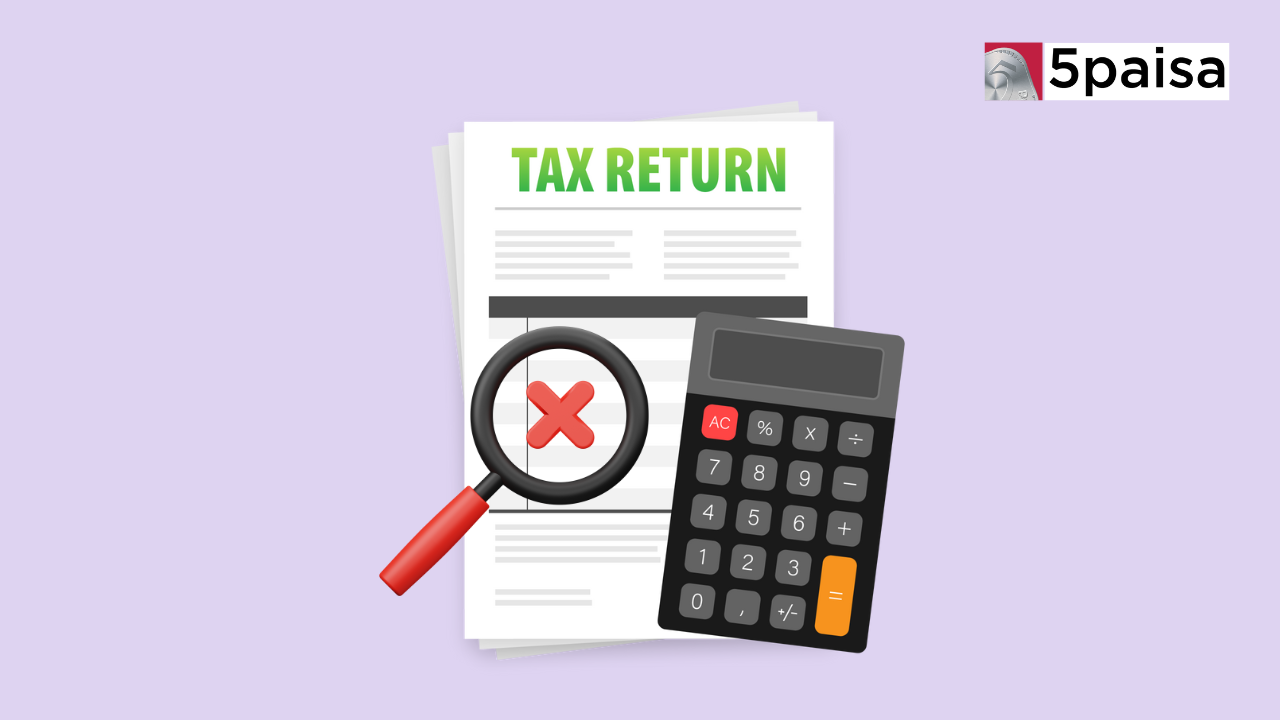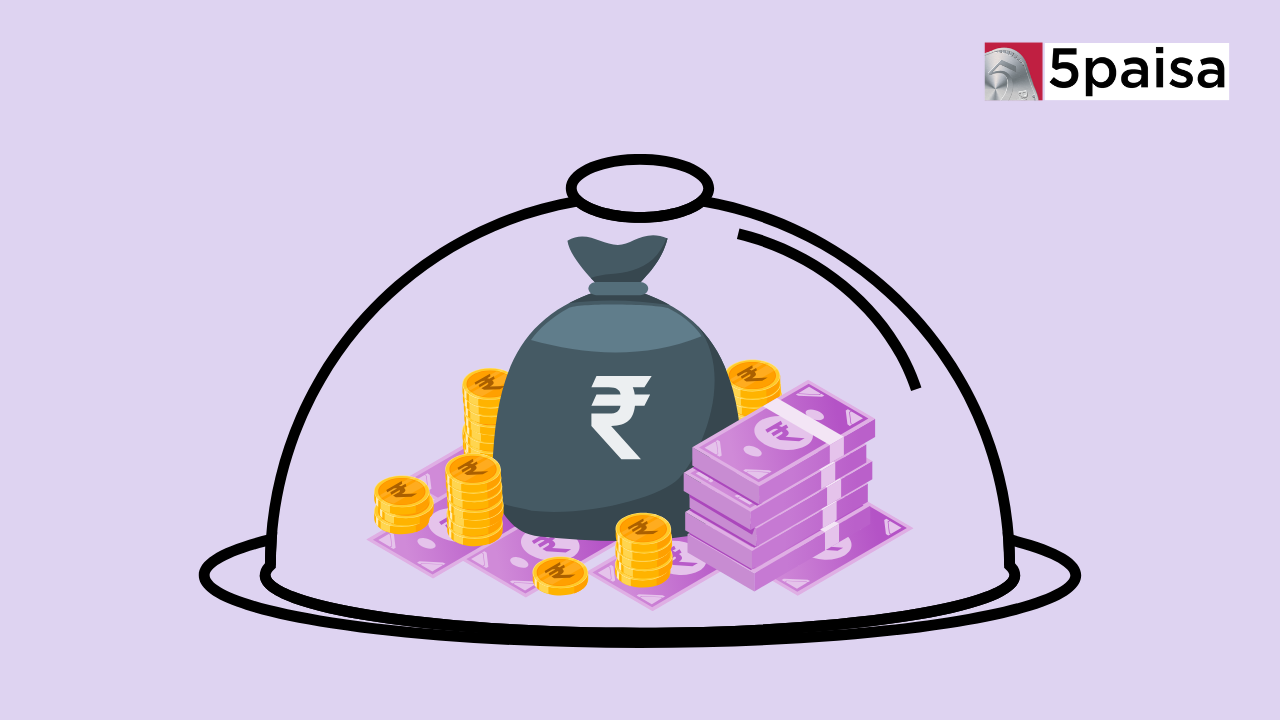How to Register a UPI Complaint Online?
What Is The Required Rate Of Return?

Last Updated: 9th July 2024 - 12:00 pm
Have you ever wondered how investors decide whether an investment is worth their time and money? Enter the required rate of return - a key concept that helps investors make smarter choices. Think of it as the minimum profit an investor expects to make from an investment, considering the risks involved. It's like setting a target before you start a game - you want to know what score you need to win!
What Is The Required Rate Of Return In Investing?
Imagine you're planning to open a small chai shop in your neighbourhood. Before you start, you'd want to know how much money you should make to cover your costs and earn a profit, right? That's essentially the required return rate in the investing world.
In simple terms, the required rate of return is the minimum profit an investor expects to earn from an investment, given its risk level. It's like saying, "If I'm going to put my money into this stock or project, I need it to grow by at least this much to make it worthwhile."
For example, let's say you're considering investing in a company's shares. Setting your required rate of return at 10% means you expect your investment to grow by at least 10% annually. If the investment will give you less than that, you might decide it's not worth your money and look for other opportunities.
The required rate of return helps investors in several ways:
1. It acts as a benchmark: You can compare different investment options and see which ones meet or exceed your required return.
2. It considers risk: Riskier investments usually have a higher required rate of return. It's like expecting more rewards for taking on more risk.
3. It helps in decision-making: By setting a clear minimum return expectation, you can quickly filter out investments that don't meet your criteria.
4. It guides portfolio management: It helps you assess whether your current investments meet your expectations.
Remember, the required rate of return isn't a one-size-fits-all number. It can vary depending on the investor's goals, risk tolerance, and the investment being considered. A young investor saving for retirement might have a different required rate of return compared to someone nearing retirement age.
Why Is The Required Rate Of Return Important?
Think of it as your financial GPS - it guides you towards potentially profitable investments and helps you avoid those that might not meet your expectations.
Guides Investment Choices
● Informed Decisions: Like a buffet with limited options, it helps you choose the most satisfying investments.
● Risk Consideration Balances potential returns with associated risks, similar to comparing a steady job to a risky venture.
Enhances Portfolio Management
● Portfolio Review: Acts as a gardener, helping you decide which investments to keep, remove, or add.
● Goal Alignment: Ensures investments are on track with financial goals, like saving for a dream bike.
Provides Reality Check
● Expectation Management: Forces you to consider market conditions and risks, aligning expectations with reality.
● Communication Tool: Helps clearly communicate investment expectations with financial advisors.
Facilitates Financial Planning
● Financial Goals: Align your investments with your personal financial goals, such as saving for a house, retirement, or education.
● Regular Assessment: Allows for regular review and adjustment of investments to meet expected returns.
Practical Advice
● Research and Advice: Emphasises the importance of thorough research and seeking professional advice, as markets are unpredictable and past performance doesn't guarantee future results.
Key Components Of Required Rate Of Return
Understanding the required return rate is like knowing your favourite dish's ingredients. Let's break down the key components that go into calculating this important financial metric:
● Risk-Free Rate: Think of this as the foundation of your required rate of return. It's the return you could get from an investment with virtually no risk, like a government bond. In India, you might consider the interest rate on a 10-year government bond as the risk-free rate. It's like the base fare for a taxi ride - the minimum you'll pay before adding any extras.
● Risk Premium This is the extra return you expect for taking on additional risk. It's like the surge pricing in a cab during peak hours. The riskier the investment, the higher the risk premium. For example, you'd expect a higher risk premium for investing in a new tech startup than a well-established company like Tata or Reliance.
● Inflation Inflation is like a silent thief that erodes the value of your money over time. Your required rate of return should account for inflation to ensure your investment grows in real terms. If inflation is 5% and your investment returns 7%, your real return is only 2%.
● Time Horizon: The length of time you plan to hold an investment can affect your required rate of return. Generally, longer investment periods might allow for a lower required rate of return, as short-term market fluctuations have time to even out.
● Market Return This is the average return of the overall market, often represented by a broad market index like the Nifty 50 in India. It serves as a benchmark for your investments. If the market returns 10% on average, you might set your required rate of return higher for individual stocks to justify the extra risk.
● Beta measures how volatile an investment is compared to the overall market. A beta of 1 means the investment moves in line with the market. A beta greater than 1 indicates higher volatility (and potentially higher returns), while a beta less than 1 suggests lower volatility. It's like comparing how spicy different dishes are—some are mild, others are extra hot!
● Personal Factors: Your financial goals, risk tolerance, and investment experience all play a role in determining your required rate of return. It's like customising a dish to your taste preferences.
How Is The Required Rate Of Return Calculated?
Calculating the required rate of return might sound complicated, but don't worry! We'll break it down into simple steps using two common methods: the Capital Asset Pricing Model (CAPM) and the Dividend Growth Model. Think of these as recipes for cooking up your required rate of return.
Method 1: Capital Asset Pricing Model (CAPM)
The CAPM is widely used for stocks and considers the risk-free rate, market return, and the stock's volatility. Here's the formula:
Required Rate of Return = Risk-Free Rate + Beta × (Market Return - Risk-Free Rate)
Let's break this down with an example:
Imagine you're considering investing in a stock of a popular Indian IT company. Let's say:
● The risk-free rate (like a 10-year government bond) is 6%
● The expected market return (say, based on Nifty 50) is 12%
● The stock's beta (a measure of volatility) is 1.2
Plugging these into our formula:
Required Rate of Return = 6% + 1.2 × (12% - 6%) = 13.2%
Given its risk level, you should expect at least a 13.2% return from this stock to consider it a worthwhile investment.
Method 2: Dividend Growth Model
This model is useful for dividend-paying stocks. It considers the current dividend, expected growth rate, and stock price. The formula is:
Required Rate of Return = (Expected Dividend ÷ Current Stock Price) + Expected Dividend Growth Rate
Let's use an example:
Say you're looking at a stock of a well-established Indian FMCG company:
● The stock is currently priced at ₹1000
● It pays an annual dividend of ₹40
● The company has been consistently increasing its dividend by 5% each year
Plugging these into our formula:
Required Rate of Return = (₹40 ÷ ₹1000) + 5% = 9%
This suggests you should expect at least a 9% return from this stock for it to be an attractive investment.
Limitations Of The Required Rate Of Return
● Subjective Nature: Varies based on personal risk tolerance, investment goals, and market expectations.
● Difficulty in Estimating Future Returns: It is challenging to project future market conditions accurately.
● Ignores Short-Term Fluctuations: Typically, an annualised rate does not account for short-term market volatility.
● Oversimplification of Risk: Models like CAPM may not fully capture all investment risks.
● Assumes Rational Investor Behavior: Assumes investors act rationally, ignoring the role of emotions and biases.
● Doesn't Account for Changing Market Conditions: Often based on historical data, potentially becoming obsolete as market conditions change.
● May Not Consider Taxes and Inflation: Typically doesn't account for taxes and inflation unless explicitly factored in.
● Difficulty in Application to Complex Investments: Applying to derivatives or structured products is challenging.
● Potential for Unrealistic Expectations: This may set unrealistic expectations if not calculated carefully.
● Ignores Non-Financial Factors: Doesn't capture benefits beyond financial returns, such as social impact or strategic advantages.
Conclusion
Understanding the required rate of return is crucial for making informed investment decisions. It helps you evaluate whether an investment opportunity aligns with your financial goals and risk tolerance. Remember, while aiming for higher returns is tempting, balancing potential rewards with the risks involved is essential.
Frequently Asked Questions
What Role Does Risk Play In Determining The Required Rate Of Return?
Can the Required Rate of Return Change Over Time?
How Do Investors Use the Required Rate of Return in Decision-Making?
- Flat ₹20 Brokerage
- Next-gen Trading
- Advance Charting
- Actionable Ideas
Trending on 5paisa
Personal Finance Related Articles
Disclaimer: Investment in securities market are subject to market risks, read all the related documents carefully before investing. For detailed disclaimer please Click here.
 5paisa Research Team
5paisa Research Team
 Sachin Gupta
Sachin Gupta




